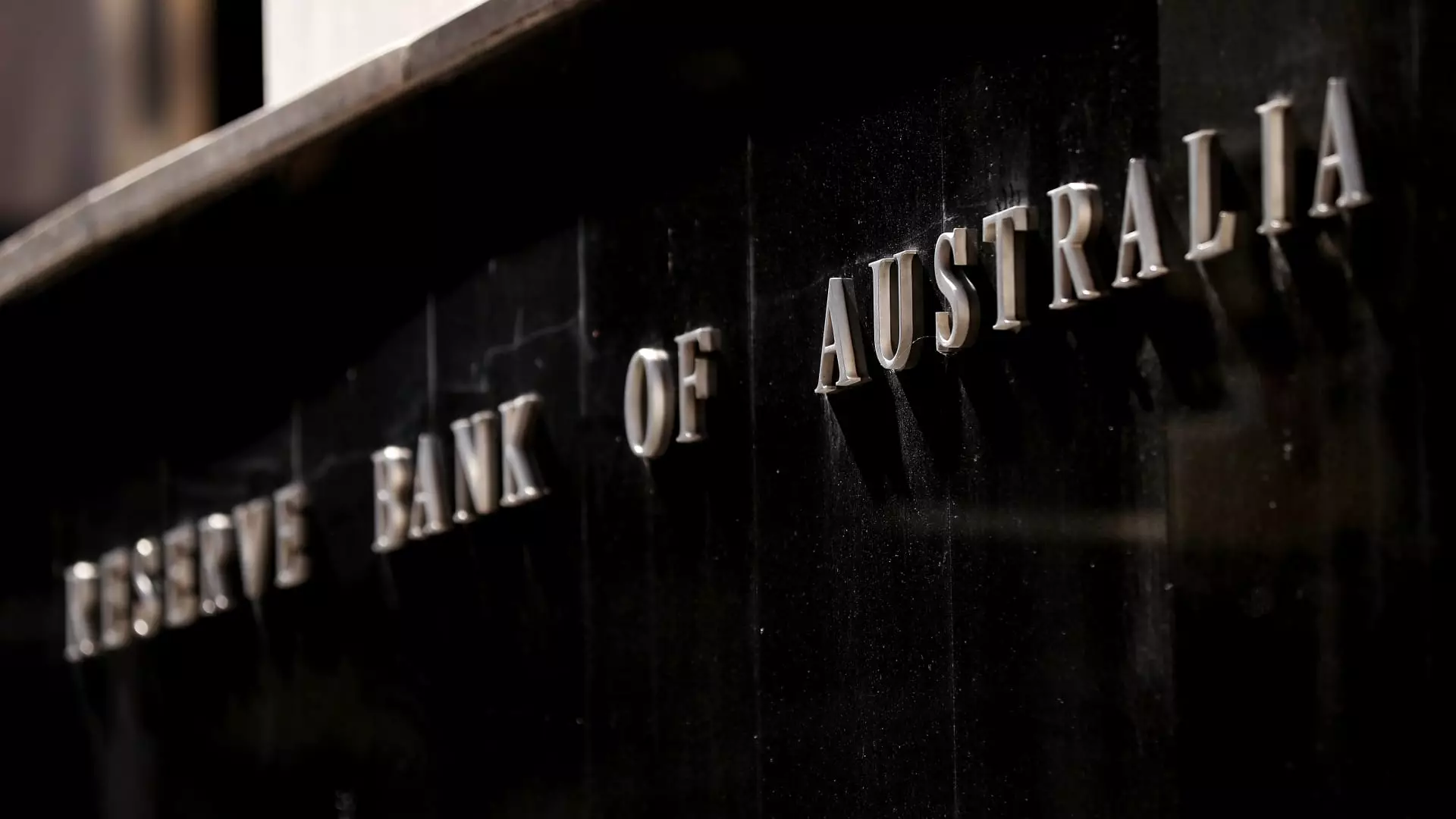On a momentous Tuesday, the Reserve Bank of Australia (RBA) made a significant shift in its monetary policy by reducing the benchmark interest rate for the first time in over four years. This decision came amidst a backdrop of softening inflation, mirroring moves by other prominent global central banks that have already initiated similar measures. By cutting the rate by 25 basis points to 4.10%, the RBA is seeking to address economic challenges while leveraging improved inflation conditions. The last time it revised its rate was in November 2020, a period marked by the necessity of aggressive monetary policy in response to the pandemic’s economic disruption.
The RBA’s board shared its analysis in a public statement, reflecting a temperate outlook on the prospects for future rate adjustments. While the reduction indicates recovery and progress in inflation management, members expressed reservations about the pace of any further easing. Abhijit Surya, a senior economist at Capital Economics, articulated that the RBA’s cautious tone might limit the length of the current easing cycle, stipulating an expectation of only two more cuts and setting a terminal cash rate estimate of 3.60%. This indicates a nuanced balancing act the RBA is undertaking—acknowledging improvements in the inflation landscape while also weighing the potentials of renewed economic tensions.
Market participants had largely anticipated this rate cut, as evidenced by the notable rally in Australian government bonds. In the days leading up to the RBA’s decision, yields on ten-year government bonds experienced a significant decline, dropping approximately 20 basis points and signaling investor confidence in a more favorable monetary environment. The RBA had maintained the rate at 4.35% since November 2023 after executing a series of tactical rate hikes designed to mitigate inflation pressures. Such strategic adjustments indicate that the RBA is not only responding to current conditions but also proactively setting the stage for future economic resilience.
The recent inflation statistics highlight this evolving narrative. Inflation in Australia has cooled from 2.8% in the September quarter to an annual rate of 2.4% by December, nearing the RBA’s target range of 2%-3%. The central bank emphasized that inflation’s easing trajectory might be exceeding prior expectations, inferring an emerging stability that could help anchor economic growth.
Interestingly, one complicating factor in the downward trajectory of the cash rate has been the robustness of the labor market, which remains near historic lows with an unemployment rate of 4.0%. The board noted that some recent labor statistics were surprisingly strong, raising questions about the underlying tightness of the labor market. This metric is crucial since a healthy employment landscape can often correlate with rising wage levels and increased consumer spending—dynamics that are essential for a sustainable economic rebound.
As the RBA navigates these complexities, its decision to reduce borrowing costs provides a boost to the current Labor government as it braces for an upcoming and challenging election year. With the economic growth rate modest—only a 0.3% increase in the September quarter and annual growth slowing to 0.8%—the government needs all possible levers pullable to bolster support among voters who may be anxious about future economic stability.
Despite the positive indications from recent economic data, the RBA’s statement aptly underscores the uncertainties that abound, particularly regarding domestic consumption and inflation. While there is a central expectation for household consumption to increase alongside income growth, predictions suggest that any positive shifts may occur more gradually than desired. Such caution is warranted, as economic landscapes can pivot unexpectedly, especially in an era influenced by global economic fluctuations.
On the investment front, a slight strengthening of the Australian dollar against the U.S. dollar to 0.6341 reflects mixed sentiment among traders. The ASX 200 index also showed signs of strain, dropping by 0.54%—an indicator that investor confidence is far from uniform. As the RBA continues to negotiate the path forward, maintaining a careful watch on economic indicators will be vital for both policymakers and market participants alike.
The RBA’s recent rate cut symbolizes a crucial juncture for the Australian economy, promising relief while simultaneously raising questions about the broader economic recovery. As the interplay between labor conditions, inflation, and consumer sentiment evolves, stakeholders must evaluate how best to adapt to the changing financial landscape that lies ahead.


Leave a Reply